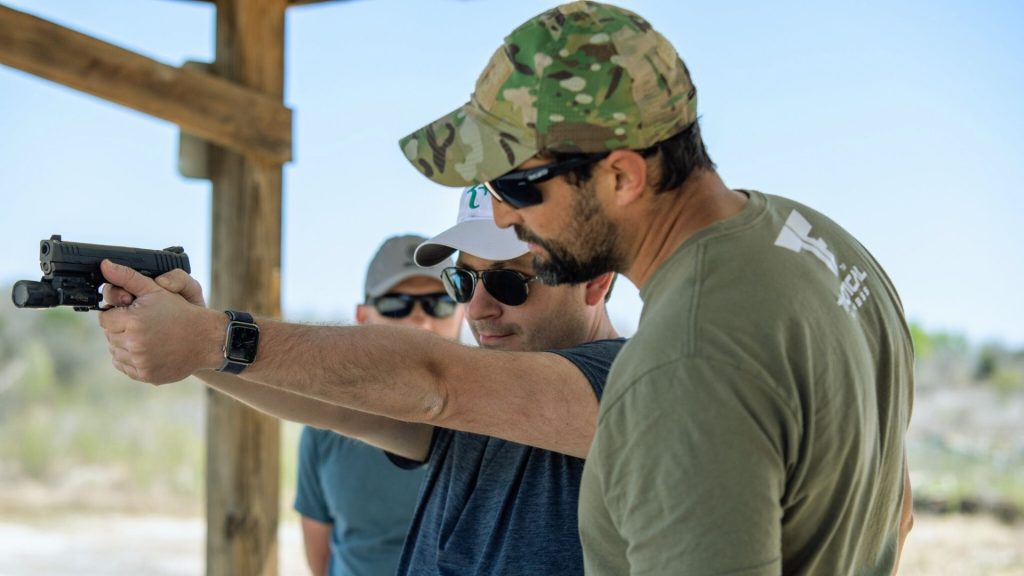Personal safety is a paramount concern for many. Being able to identify potential threats and preparing for unexpected situations is a crucial skill that can make a significant difference in your overall security. In this blog post, we will explore the indicators that someone may be planning an attack and provide actionable tips on how to be best prepared.
Unusual Behavior Patterns:
Be vigilant of individuals exhibiting erratic or abnormal behavior. This may include excessive sweating, fidgeting, grooming gestures, or pacing. Trust your instincts; if something feels off, it’s essential to stay alert and attentive. This is often a pre-attack indicator.
Intense Aggression or Irritability:
Extreme aggression or uncontrolled irritability can be red flags indicating potential danger. If someone appears visibly agitated, confrontational, or overly angry, it’s crucial to maintain a safe distance and assess the situation carefully.
Excessive Monitoring or Stalking:
Pay attention if you notice someone consistently observing (target glancing) or following you. While it’s natural for people to glance around, prolonged and purposeful monitoring may signal a potential threat. Take note of any unusual encounters and report them if necessary.
Inappropriate Clothing or Concealed Items:
Keep an eye out for individuals wearing clothing that seems inappropriate for the situation, such as heavy clothing in warm weather. This is often used to conceal weapons such as knives, guns, and battons.



How to Be Best Prepared:
Stay Aware of Your Surroundings:
Cultivate situational awareness by regularly scanning your environment. Avoid distractions like excessive phone use or headphones when in public spaces, enabling you to stay attuned to potential threats.
Trust Your Instincts:
Intuition is a powerful tool for self-preservation. If a situation or individual makes you uncomfortable, trust your gut feelings and take precautionary measures, such as changing your route or seeking assistance. Additionally, look to stay out of reach of a potential attacker as well as keeping your hands up in a defensive posture in case of an attack.
Enroll in Self-Defense Classes:
Equip yourself with practical skills by enrolling in self-defense classes. These courses provide valuable techniques for personal protection and enhance your confidence in handling threatening situations.
Establish Emergency Plans:
Develop emergency plans for various scenarios, including escape routes and safe meeting points. Communicate these plans with trusted friends or family members so that everyone is on the same page in case of an emergency.
Being able to recognize potential threats and taking proactive steps to prepare for unforeseen situations is an integral part of personal safety. By staying alert, trusting your instincts, and investing in self-defense training, you empower yourself to navigate the world with confidence and resilience. Remember, preparation is key to staying safe and secure in an ever-changing environment.
